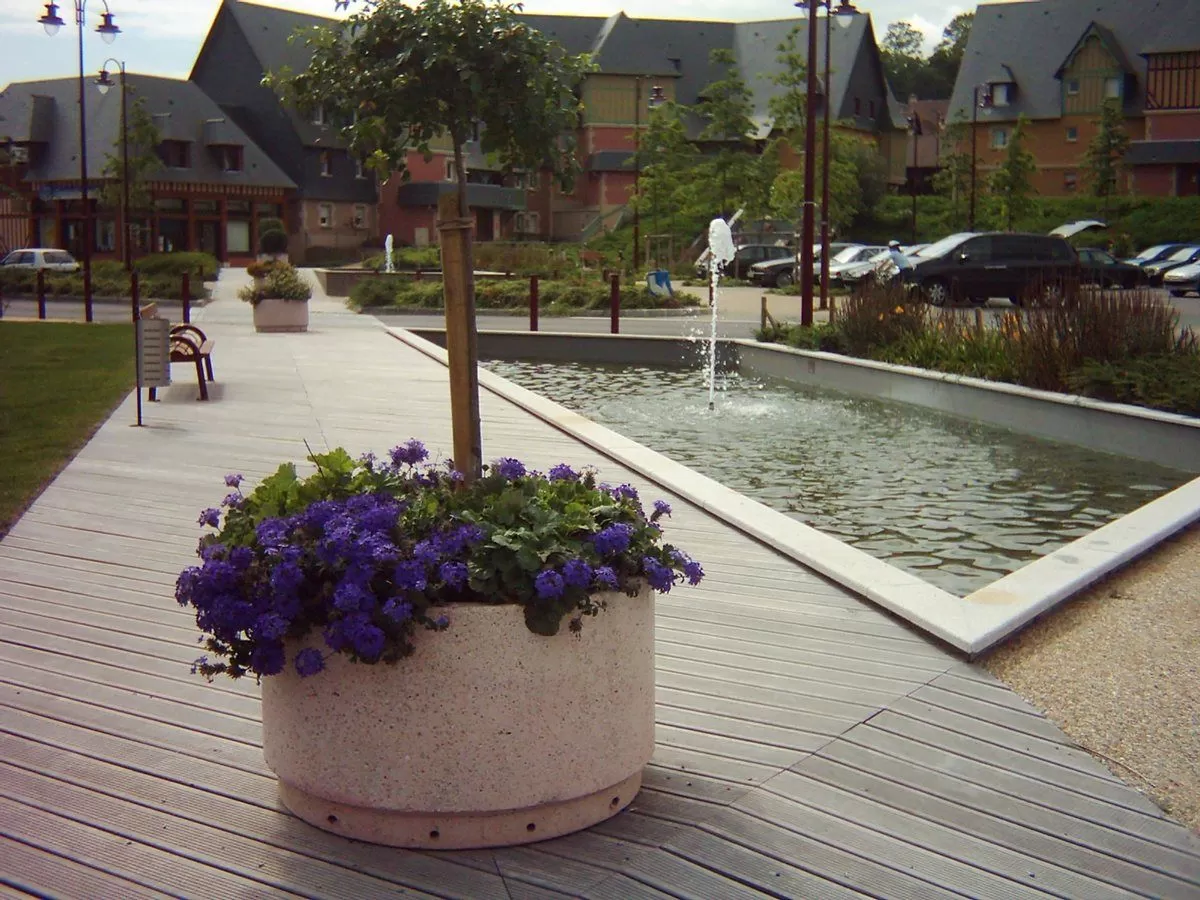Greening permits have been issued in Clermont-Ferrand, bus and cycle lanes have been greened in Lyon, sandy areas have been seeded in Besançon... These actions are all based on the same observation: urban greening improves quality of life for residents and contributes to the sustainable development dynamic of a city.
What is greening?
Land is naturally re-greened in environments which are conducive to the development of certain plant species and the fauna which are essential to make them flourish. In concrete urban environments, greening is a voluntary process of setting aside green spaces on public land. Greening is not just about land. Contemporary architects, in their attempts to deliver ever more sustainable buildings, can integrate plants on roof terraces and façades.
Greening initiatives are not just about redesigning cities, they create a virtuous dynamic in which the introduction of plants attracts a diverse fauna of insects and animals, which also contribute to the development of urban flora. However, greening is not an end in itself but covers a number of expectations including sustainable development policies and improved living conditions.As such, urban greening goes beyond visual appeal and is a powerful tool for controlling air quality and improving urban comfort and energy consumption.
Challenges regarding green spaces in urban and suburban areas
Greening projects target several types of site: roads, railways and canals, former dumps and extraction sites, and of course, urban and suburban areas.
Cities generate many types of pollution, mainly caused by tertiary and residential buildings and road traffic. Urban sprawl and an absence of vegetation contribute to the creation of heat islands, which worsen the effects of air pollution and their health consequences for the population. Re-greening is one of the techniques used in city centres to reduce concentrations of pollutants and to attenuate heat.
This can cover large areas and involve the creation of parks and gardens, it can also be done in successive stages through the installation of planters in public spaces, streets, outdoor car parks, etc. More broadly it can involve the façades and roof terraces of buildings with ambitious energy performance targets.
The 4 main goals of greening buildings
The benefits of greening roofs and façades are not only noticeable inside the building, but also at the scale of the neighbourhood and city, depending on the surface area involved.
Improving thermal and acoustic insulation
Green roofs alone can control temperature variations by around 40%. This means the building is better equipped to prevent indoor temperatures rising in the event of hot weather. A layer of vegetation also improves the acoustic insulation of the building, protecting the occupants against urban noise.
Reducing the building's energy consumption
The comfort of occupants in summer no longer relies solely on energy-hungry air-conditioning systems. Green roofs and façades, in conjunction with insulated building envelopes, play a key role in controlling energy consumption, and therefore greenhouse gas emissions.
Optimizing stormwater management
A green roof acts like a sponge. It is a retention system whereby accumulated rainwater is released at a later date, which can avoid overloading the sewers during severe weather. Over the course of a year the planted surface can absorb around 50% of the water falling on the roof.
Combating the formation of heat islands
By preventing excessive heating of surfaces at the scale of buildings, the widespread greening of roofs and façades can help to control temperatures on a city-wide scale. Evaporation from plants also promotes the circulation of water vapour in the air, helping to cool it.
The limits of greening policies
Greening has many advantages, but it cannot cure all pathologies of the modern city. Many parameters play a role in controlling the urban micro-climate: the heights of buildings, urban density, the type of surfacing used and its reflective properties... With regard to air pollution, the capacity to trap polluting particles depends on the type of vegetation and is strongly correlated with the surface area involved. Their contribution is significant, but insufficient given the level of pollutants emitted in urban areas.
However, planting the wrong types of vegetation can have counter-productive effects. Inappropriate tree planting can alter the air circulation in a street. The greening of façades also has the advantage of reducing air infiltration inside the building. This is a good thing when the ventilation system is correctly sized. Conversely, in older, poorly ventilated, non-renovated buildings, airtightness defects also ensure that indoor air is replaced. The goal is to prioritize actions to improve living conditions and sustainable development in cities.




